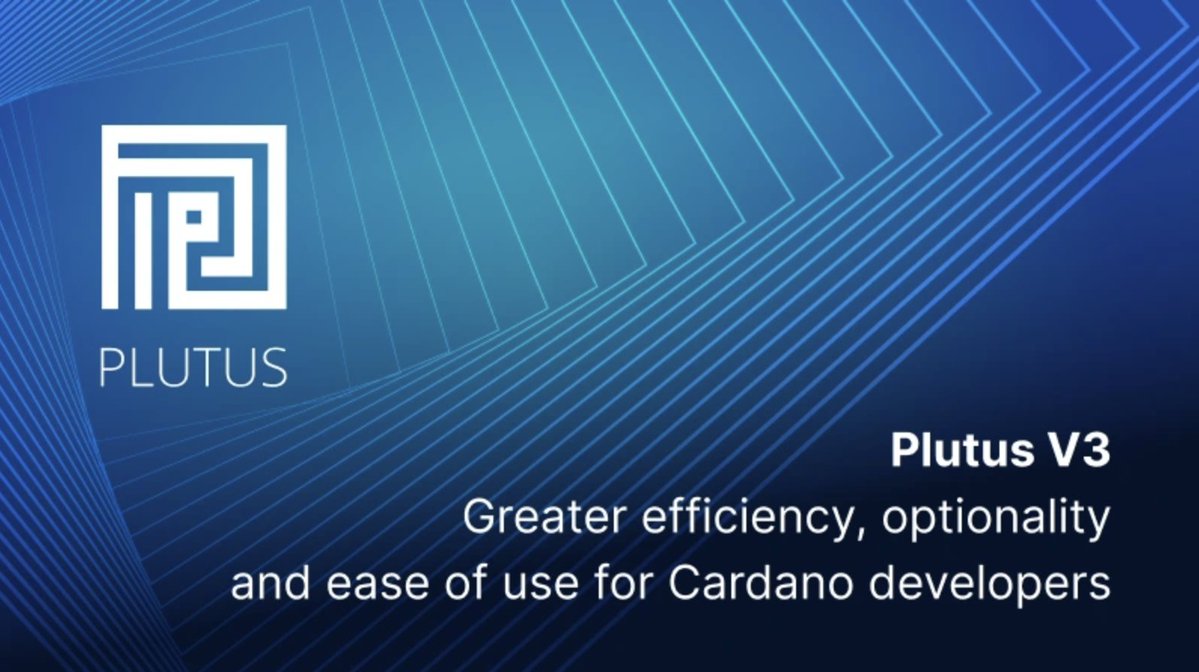Recently, Michael Sonnenshein, the CEO of the U.S.cryptocurrency trust fund Grayscale, tweeted that a lawsuit had been filed against the U.S. SEC. Grayscale’s lawsuit focuses on the SEC’s rejection of Grayscale’s application to convert GBTC into a spot Bitcoin ETF. This not only sparks discussion among insiders, but also inspires us to think about Grayscale’s GBTC, the “one-way ETF”.

Why did Grayscale file a lawsuit against the SEC?
Not only Grayscale, but dozens of well-known institutions including SkyBridge Capital, Bitwise, One River, Ark, 21Shares, VanEck, and others have had their applications for spot bitcoin ETF rejected over the past few years.
In the past two years, with the help of the Federal Reserve’s large-scale pump priming, Grayscale has not only gained considerable management fee income with its series of “cryptocurrency one-way ETFs”, but also directly fueled the crypto bull market in the past two years.
The data shows that the total value of GBTC held by Grayscale investors has reached $12.97 billion, but it has decreased by 47.19% in the past 12 months. The top three holding institutions include Three Arrows Capital, BlockFi, ARK, of which the value held by Three Arrows Capital and BlockFi reached $1.46 billion and $747 million respectively in a period of time in 2021, and the highest premium rate of GBTC at that time hit 20%.
Since 28 October 2014, Grayscale has suspended the redemption value of GBTC, resulting in GBTC becoming a “Bitcoin one-way ETF”. Moreover, after GBTC’s listing in the primary market, it needs to go through a 6-month lock-in period before it can be traded in the secondary market.
Under the macroeconomic background of the U.S. pump priming, GBTC has a positive premium for a long period of time, which leaves many institutions with room for arbitrage.
But when the Federal Reserve began to gradually implement monetary tightening policies, GBTC began to have a negative premium, and the arbitrage space was gradually compressed until it became negative, resulting in Grayscale’s related products being restricted. This not only caused many institutional investors to transfer their funds to other BTC-related investment products, but also led to the criticism of GBTC’s irredeemable mechanism.

At the same time, in 2021, many institutions in the Canadian market launched Bitcoin ETF products, such as The Bitcoin Fund, 3iQ CoinShares Bitcoin ETF, etc.Increasingly more funds were invested in these products, which shrank the market share of Grayscale’s GBTC. In January this year, the holding volume of the Bitcoin ETF in the Canadian market alone grew 31%.
If SEC approves Grayscale’s application to convert GBTC into a spot Bitcoin ETF, the product can track the Bitcoin price and eliminate its current negative premium of more than 35%, and investors can also redeem BTC freely. This is undoubtedly a win-win situation for Grayscale and its customers.
Bloomberg ETF analyst James Seyffart previously stated that the approval of any application was highly unlikely. In this context, what other types of cryptocurrency ETF products can crypto investors invest in?
Leveraged ETFs in the cryptocurrency industry
In fact, for many crypto investors, the native leveraged ETF products launched by cryptocurrency exchanges, together with the spots and futures, are the three major trading products in the cryptocurrency industry. Yet, investors in traditional finance may not know anything about this.

Take the leveraged ETF launched by MEXC at the end of 2019 as an example. It is a perpetual leveraged product that magnifies the price change of the spot, and aims to provide leveraged multiple returns on the benchmarked assets. For example, when the BTC spot rises by 1%, BTC3L will rise by 3%, while BTC4L will rise by 4%; when the BTC spot decreases by 1%, vice versa.
Although the capital size of leveraged ETFs is slightly inferior to crypto ETFs by traditional institutions, the former has its own advantages that the latter cannot reach.
Leveraged ETFs not only can be bought and sold freely to achieve two-way trading, but their trading can be as simple as trading a spot where it only involves buying and selling.
At the same time, leveraged ETFs do not just magnify the price change of the spot, but also have a compound interest effect where it enables the gains to exceed the futures trade of the same multiple.
For example, in a unilateral uptrend of BTC, an investor buys the BTC spot. If the spot grows by 5%, then the 3x long of the perpetual future in the same period may grow by 15%. However, if the investor buys BTC3L (3x long for Bitcoin) at the same time, its gain and return will usually exceed 15%. This is because under the rebalance mechanism of leveraged ETFs, the daily profit is automatically transferred into the position and reinvested to generate compound interest.
In fact, MEXC’s leveraged ETFs still have a very important advantage – the number of its trading categories is much higher than that of traditional crypto ETFs and ETF products of other platforms. Currently, it supports the trading of BTC, ETH, XRP, DOT and more than 400 leveraged ETFs, giving investors a variety of options.
In the current bear market, BTC, ETH and other mainstream assets can hardly perform well. However, LUNC3L and USTC3L boom in this bearish downtrend. LUNC3L rose from 0.165USDT to its highest price of 1.98USDT, with a cumulative gain of 1100%. This is much higher than the 196.42% gain in the LUNC spot.
So how do you use leveraged ETFs to make profits in a downtrend? Again, take BTC as an example. On June 8, the BTC spot fell from 31650 USDT, and BTC3S (3x short for BTC) rose from 0.69 to 2.79USDT. This means that if you buy at the low point, you can get a 304% return.
However, it should be noted that although leveraged ETF products are more convenient to buy and sell and have better returns, they are not suitable for long-term holders, as it will incur fund erosion. Hence, this product is only suitable for unilateral market trends, and not suitable for sideways and oscillating market trends as well as long-term holders. From the perspective of risk and return, this is the biggest difference between leveraged ETFs and the ETFs by traditional institutions.
Join MEXC and Start Trading Today!



